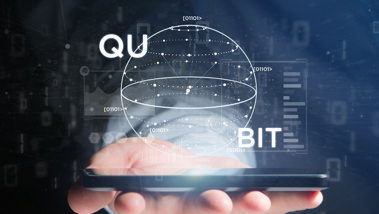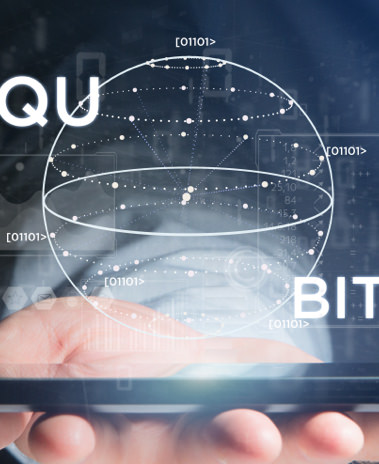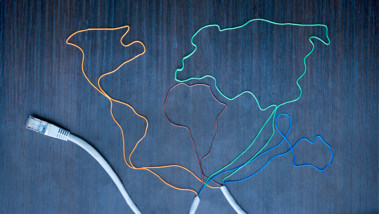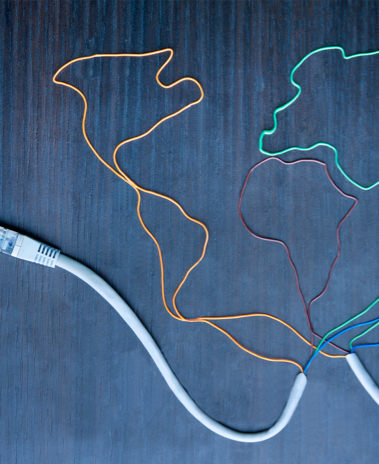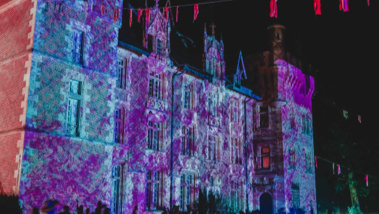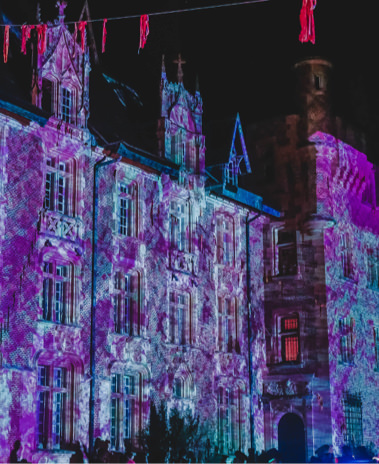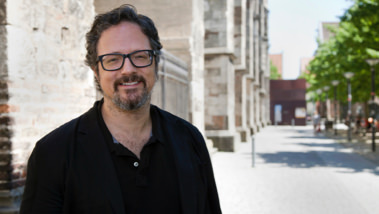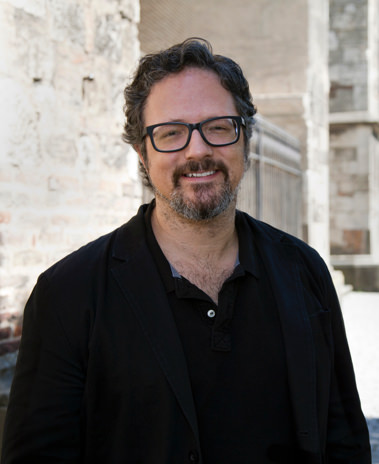#digital talent
The evolution of ICT (Information and Communication Technologies) has driven the development of talent associated with digitalisation and these skills are increasingly in demand. Here are the latest trends.
-
Iberdrola, in collaboration with a group of industry partners and technological companies, is driving the development of a new digital platform (SSP) for secondary substations. Based on Edge Computing, will allow the company to continue leading the digital transformation of its network business.
-
Facebook Edge Computing: the technology enabling a step forward in the digitalisation and flexibility of the distribution grid
-
Twitter Edge Computing: the technology enabling a step forward in the digitalisation and flexibility of the distribution grid
-
Linkedin Edge Computing: the technology enabling a step forward in the digitalisation and flexibility of the distribution grid
-
Whatsapp
We live in the age of technology, but there's still plenty to come. In recent years, large companies have been taking small — but important steps — forward in quantum computing, which looks set to revolutionise the world as we know it. The following selection of potential applications will impact everything from mobility to healthcare.
-
-
ICT (Information and Communication Technologies) offer many advantages: greater access to information, cost reduction in the labour sector, greater connectivity between people, etc. However, digitalisation is not happening equally all over the world, because imbalance exists and this is known as the digital divide.
The fight against climate change is one of the main challenges facing the planet today. To minimise its negative impact, the aim is to achieve a climate neutral economy by 2050. The transition to this will imply structural changes with a strong impact on certain regions, areas and groups. Such a transition must be fair, to avoid leaving anyone behind.
-
It is almost impossible not to fall in love with the spectacle of light, sound and movement of video mapping. Many feel that this technique exists somewhere between technology and fantasy, and is a new striking way of making art. Meanwhile, industries such as the advertising sector already use it to promote their products.
For Rafael Lozano-Hemmer, the relationship between art and technology in the 21st century is nothing unusual. His works, which border on theatrical and performance art and make use of projections, sensors and communication networks, deal with this dichotomy and appeal directly to the observer in search of the answer to the question: How much does technology tell us about ourselves?









